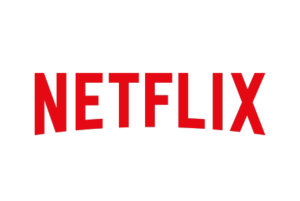As has been rumored for some time, Netflix has followed through on its plans to launch HDR 4K content with the reruns of season 1 of Marco Polo. Marvel’s Daredevil should be available soon too. Netflix has pledged to produce all new original content in 4K resolution, but has not made a similar pledge to do it in HDR.
Naturally, to stream the 4K HDR content you will need a new 4K TV with the appropriate Netflix integration. TVs from all the major TV brands will support this in 2016.
Netflix also has its own requirements for HDR playback: US subscribers will need Netflix’s 4K Ultra HD plan, which costs $12 per month. And as with existing 4K streams, Netflix recommends Internet speeds of at least 25 Mbps per second. That’s five times faster than what the company recommends for 1080p playback.
But which HDR format will it stream: HDR10 or Dolby Vision? Apparently, the answer is either. If the TV is capable of receiving the Dolby Vision dual stream encode – and there is sufficient bandwidth, that’s the preferred version to stream. For TVs that don’t support Dolby Vision or where bandwidth might be an issue, the HDR10 stream is selected.
TVs from Vizio, LG and TCL all support Dolby Vision at this time. Dolby Vision HDR content is also available from Vudu, Amazon and possibly M-Go.
According to a CNet article that quoted a Netflix spokesman, the company compared the image quality of Dolby Vision content with HDR10 master content on a number of TVs. On a high-end TV, there is not a lot of difference, but on mid-to-lower end TVs, Dolby Vision really makes a big difference in image quality.
While the article did not say why, we can guess that the tone mapping and color remapping algorithms in the lower-end models don’t do as good a job as the higher end models when presented with the static metadata of the HDR10 format. With HDR10, the TV’s SoC makes adjustments to the colors and tome mapping based on the overall luminance of the scene. But without the dynamic metadata provided by the Dolby Vision approach, these are just educated guesses. Dolby Vision provides some guidance in this effort.
But other solutions are coming that address this gap. The new Technicolor/Philips partnership offers a single stream approach with dynamic metadata – like Dolby Vision, that can help the TV or set top box make adjustments on a scene-by-scene basis. – CC

